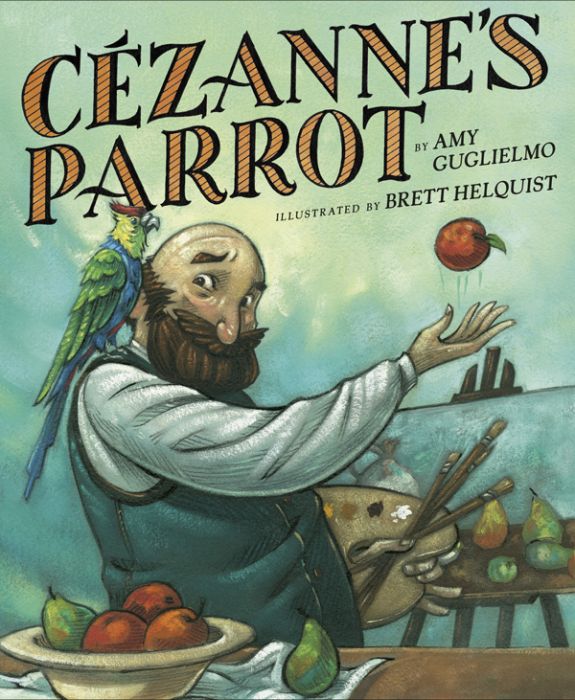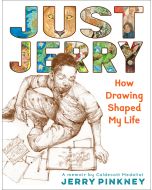
Cezanne's Parrot
By Amy Guglielmo
Illustrators
Illustrated by Brett Helquist
Edition
By Amy Guglielmo
Hardcover edition
Publisher Penguin Random House Imprint G.P. Putnam's Sons ISBN9780525515081
Cezanne's Parrot
 10.75
10.75
Out of stock
SKU
9780525515081J
All Cézanne wants is to be a great painter like his friends Monet, Pissarro, and Renoir. But when he shows his works, the professors, the critics, and the collectors all dismiss him: “Too flat!” “Too much paint!” “These are rough and unfinished!” Even his own pet parrot, Bisou, can’t be brought to say, “Cézanne is a great painter!” And who can blame them?Cézanne doesn’t care about tradition, and he doesn’t follow the rules. He’s painting in a way no one else has done before, creating something completely new—and he’s destined to change the world of art forever.
Cézanne’s Parrot is a spirited celebration of creativity, determination, and perseverance—and the artist who would become known as the father of modern art.
Cézanne’s Parrot is a spirited celebration of creativity, determination, and perseverance—and the artist who would become known as the father of modern art.
|
Standard MARC Records Cover Art |
Arts Elementary Plus (Grades 2-6)
Arts Elementary Plus
Arts Elementary Plus (Grades 2-6)
For Grades 2-6
Draw! Dance! Sing! The 14 books in this category celebrate creativity and will foster a love of the arts among elementary schoolers.
14 books per Year
$0.00 per Year
Interests
Biographies, Diversity, Nonfiction, Science/STEAM



